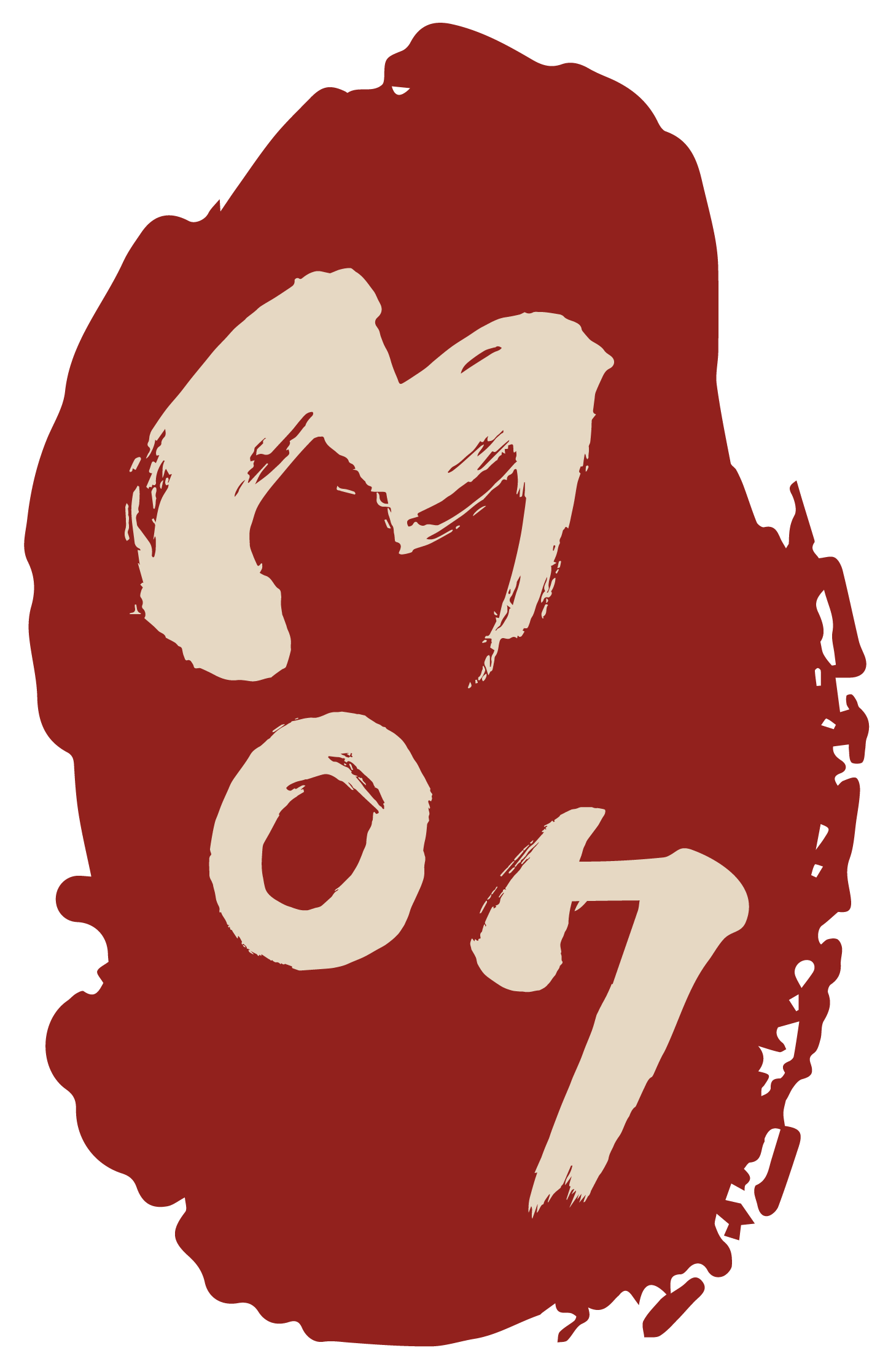Hunting Pot
Two-part pot
Three-legged bowl with lid. Bowl with four stripes upper and one stripe lower. Inner- glazed lid in yellow-brown and white. Turquoise-brown decoration on the top of the lid. Rough ceramic bottom with thre small added „elephant“-feet.
Object ID
Han_003
Age
Han Dynasty (206 BC – 220 AD)
Material
Ceramics
Color
turquoise-brown, green glaze
Diameter
18 cm
Height
15 cm
Condition
Good
Price
on request
Description
According to our knowledge the Han-Ceramics is limited to grave goods from fund places of different places of China. The big innovation of Han Period was the use of lead glaze. It is mostly colored in a green copper oxide, sometimes also in yellow or brown hues. [1]
The turquoise-brown lid of the pot is fully decorated and glazed. It wears in the middle a relief with two fish and birds. Some „pearls“ are placed in the border. Then follows a wide decorative band (probably with snakes/ different motives of animals) and a zig-zag pattern around. The inner of the lid is glazed in brown and white.
The body of the bowl has a slightly concave shape and is standing on three feet. On the outside are three upper stripes and a lower stripe. The feet are placed on a solid base plate. Such a Tripod helps on the one hand to wear the weight, and on the other hand to stabilize an object.
The term „fish“ is in China a symbol for richness and abundance. Fish is usually eaten on New Year. That means the year should again grant abundance. There are also stories where fish are transformed into birds. Birds themselves are symbols for a high age. Good people is rewarded by birds. Sometimes those vessels were used for sacrificial ceremonies. [2] (HV)
________________________
[1] Feddersen, Martin (1955): Chinesisches Kunstgewerbe. Klinkhardt & Biermann. Braunschweig. 23-24.
[2] Eberhard. 85 und 193.






